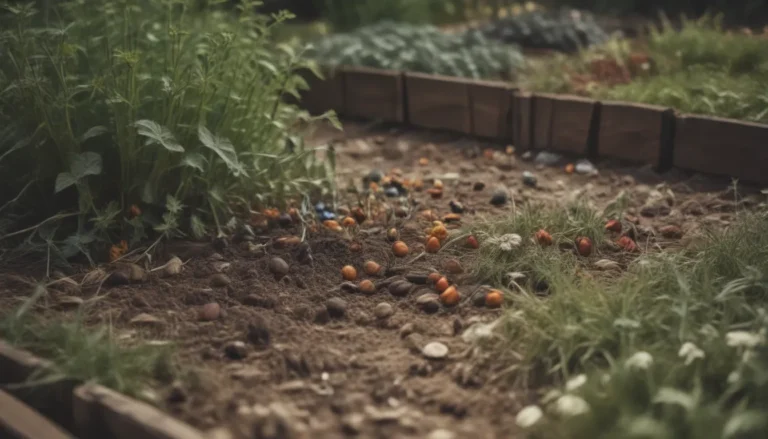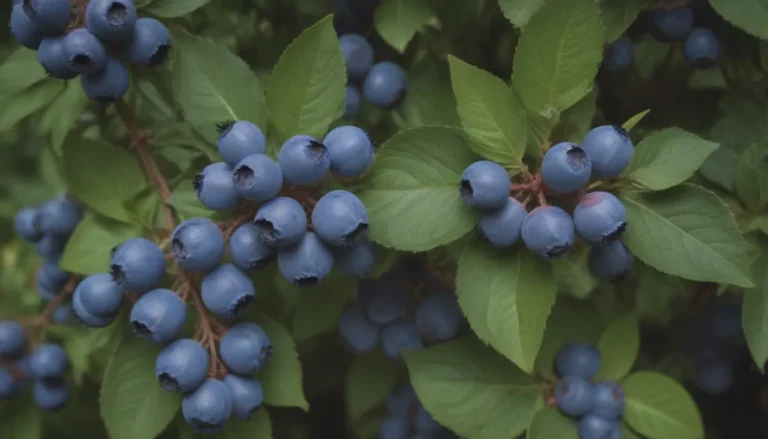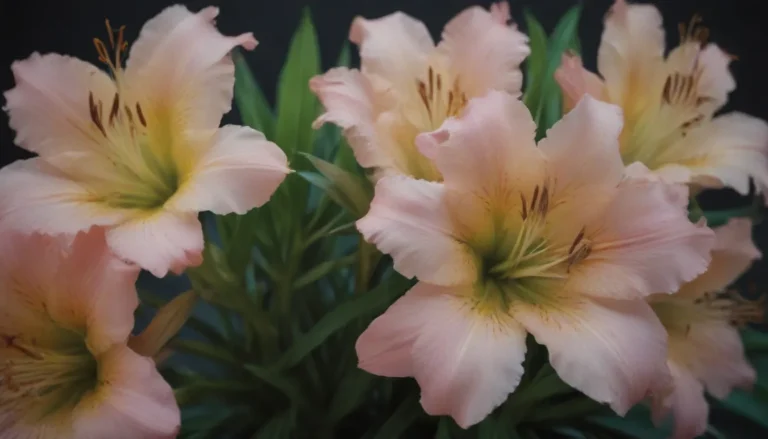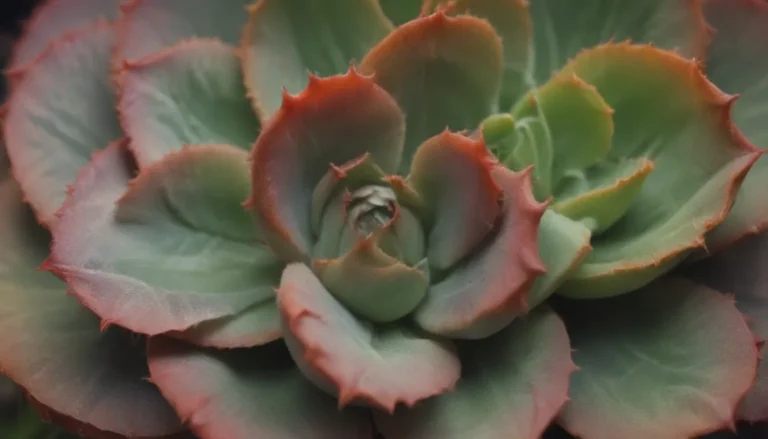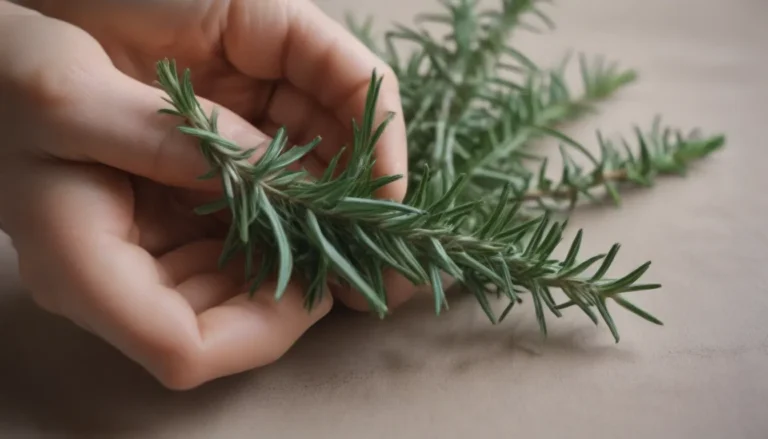Ultimate Guide to Growing and Caring for the Fiddle-Leaf Fig Plant
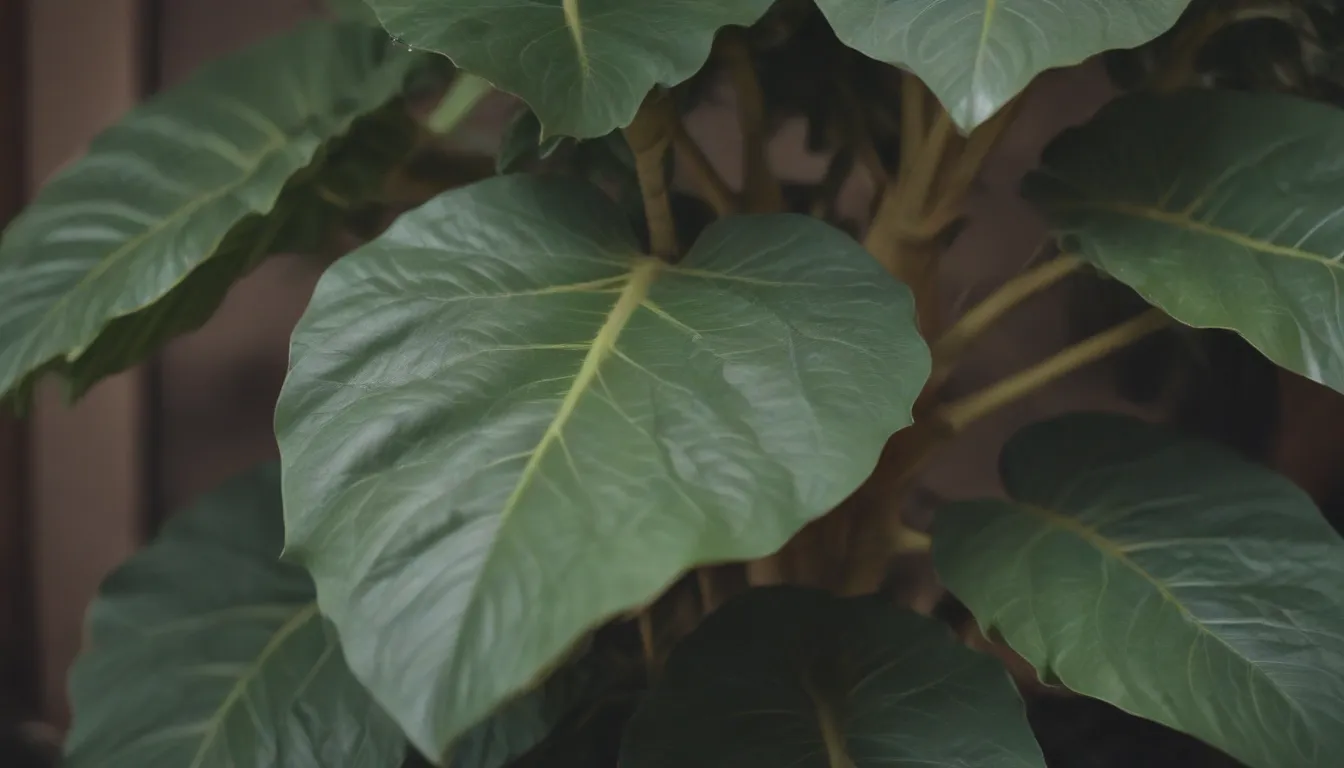
Are you looking to add a touch of greenery to your home with a fiddle-leaf fig plant? These beautiful trees may have a reputation for being a bit finicky, but with the right care, they can thrive indoors and become a stunning addition to your space. In this in-depth guide, we’ll cover everything you need to know to successfully grow and care for your fiddle-leaf fig plant. From lighting and watering to pruning and propagating, we’ve got you covered. So let’s dive in and learn how to create the optimal environment for your fiddle-leaf fig to flourish!
Why Choose a Fiddle-Leaf Fig Plant?
Fiddle-leaf fig plants, scientifically known as Ficus lyrata, are not only aesthetically pleasing with their large, glossy leaves and tree-like form, but they are also well-suited for indoor environments. These plants can adapt to a variety of light conditions and are relatively hardy, making them a great choice for both beginner and experienced gardeners alike. With the right care and attention, your fiddle-leaf fig can grow to be between six and ten feet tall, adding a touch of nature and elegance to your home.
Fiddle-Leaf Fig Care Tips
Light
- Fiddle-leaf fig plants thrive in bright, indirect light.
- Direct sunlight can burn the leaves, especially hot afternoon sun.
- Low light conditions can slow growth and lead to brown spots on leaves.
- Adjust watering schedule in low light conditions to prevent drainage issues.
Soil
- Use a quality indoor plant potting mix with good drainage.
- A peat-based soil mixed with perlite or a 50/50 combination of cactus and houseplant potting soil works well.
Water
- Keep the soil consistently moist but not waterlogged.
- Water when the top inch of soil feels dry during the growing season.
- Be cautious of high salt levels in the soil and flush the soil monthly to prevent salt build-up.
Temperature and Humidity
- Maintain average household temperatures between 60°F and 85°F.
- Aim for humidity levels between 30% and 65%.
- Increase humidity by misting the plant or placing it on a pebble-filled tray of water.
Fertilizer
- Feed your fiddle-leaf fig with a high-nitrogen plant food once a month during the growing season.
- Use a water-soluble fertilizer specific to houseplants.
- Discontinue fertilizing during winter months.
Types of Fiddle-Leaf Fig Plants
In addition to the main species, Ficus lyrata, there are several cultivars of fiddle-leaf fig plants available, including:
– Ficus lyrata ‘Bambino’
– Ficus lyrata ‘Compacta’
– Ficus lyrata ‘Variegata’
Pruning Your Fiddle-Leaf Fig
To maintain the health and shape of your fiddle-leaf fig plant, occasional pruning is recommended. Follow these guidelines for successful pruning:
– Prune in late spring or summer when the plant is actively growing.
– Use sharp, sturdy hand pruners and make cuts at a 45-degree angle between leaf nodes.
– Wait until your plant reaches 5 feet in height before shaping it.
– Remove dead or damaged leaves at any time to promote healthy growth.
Propagating Your Fiddle-Leaf Fig
Propagating your fiddle-leaf fig plant is an easy and rewarding process. Follow these steps to propagate your plant with stem cuttings:
1. Cut a healthy stem from your plant just below a leaf node.
2. Dip the cut end in rooting hormone.
3. Place the cutting in water or well-draining potting soil.
4. Monitor root growth and transplant into a larger pot once roots develop.
Potting and Repotting Your Fiddle-Leaf Fig
Proper potting and repotting are essential for the health of your fiddle-leaf fig plant. Follow these tips for successful potting and repotting:
– Repot young fiddle-leaf fig plants annually in the spring.
– Select a sturdy container that is slightly larger than the current one.
– If mature plants are too large to repot, replace the top layer of soil annually.
Common Pests and Plant Diseases
While fiddle-leaf fig plants are relatively resilient, they can still be susceptible to common pests and diseases. Keep an eye out for spider mites, scale insects, and fungal diseases, and treat promptly to prevent further damage.
Troubleshooting Common Problems
If you encounter issues with your fiddle-leaf fig plant, here are some common problems and solutions to help you address them:
– Bleached Leaves: Prune affected leaves and relocate your plant to a spot with filtered light.
– Brown Spots on Leaves: Check for root rot, adjust watering schedule, and ensure consistent temperatures.
– Yellowing Leaves: Remove affected leaves and repot in fresh soil to address bacterial infections.
– Dropping Leaves: Adjust watering frequency and location to prevent extreme temperature fluctuations.
By following these care tips and taking steps to address common problems, you can ensure that your fiddle-leaf fig plant thrives and adds beauty to your indoor space. With a little love and attention, these elegant plants can become a vibrant focal point in your home.
In conclusion, growing and caring for a fiddle-leaf fig plant can be a rewarding experience. By providing the right lighting, watering, and pruning, you can enjoy the beauty of these stunning indoor trees. Whether you’re a seasoned gardener or just starting out, a fiddle-leaf fig plant is a great addition to any home. So go ahead, bring some greenery into your space and watch your fiddle-leaf fig flourish!
